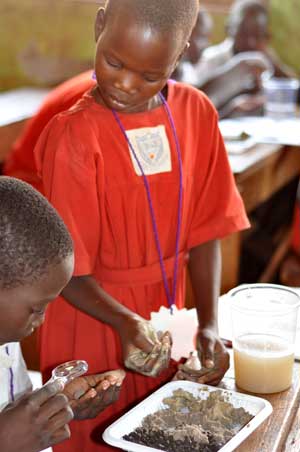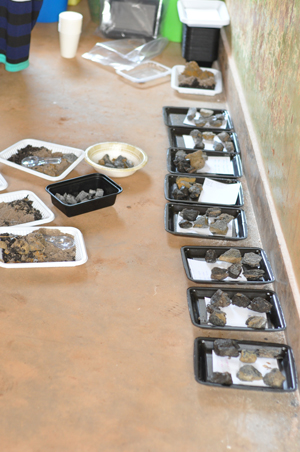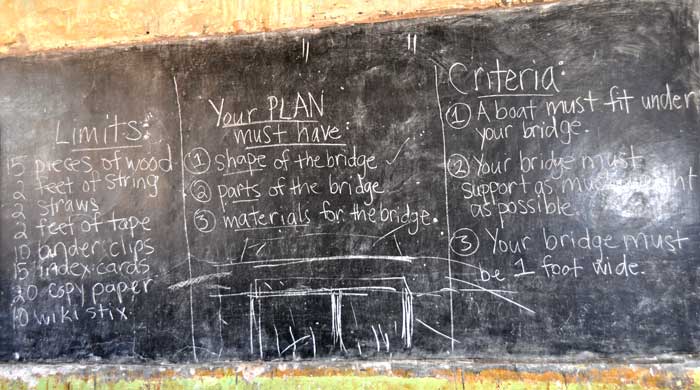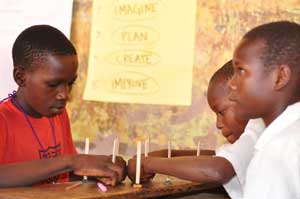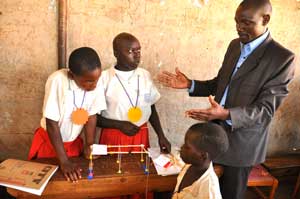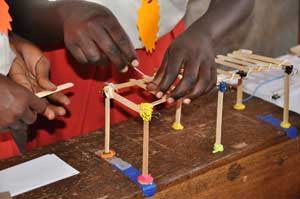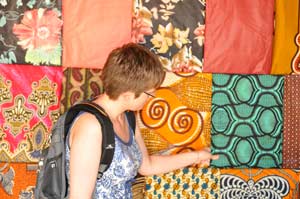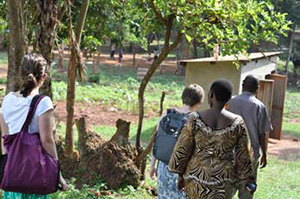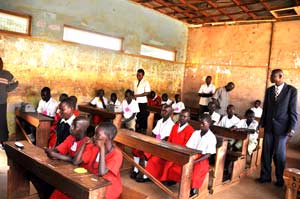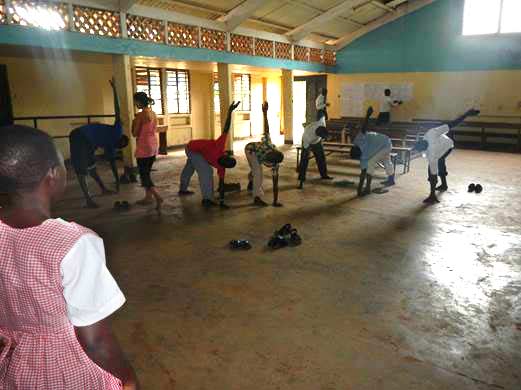Engineering Camp at Gulu
It was great to be back in Gulu for my third time at the Oysters & Pearls holiday training. This was the first year we had an engineering camp designed just for girls! Eighteen girls attended the training, sixteen from secondary school and two from primary school level. In the beginning everyone was very quiet but they warmed up quickly by the end of the first day.
The first week the girls designed and created water filters. It was exciting and inspiring to watch their experimenting. Their engineering challenge was to:
Design a water cleaning process to provide clean drinking water to the girls’ dormitory.
The sample water we provided them was particularly unpleasant. We used tea leaves, mud, dirt, flowers and other various plant life, and some insects to create a nasty brew of “dirty water” that they had to clean. Their process had to include filtration and purification, and the success of their designs was evaluated based on budget, cleaning time, and quality of the water after cleaning. At the end of the week, a panel of nine teachers examined samples of the water after each team of students had cleaned it. The panel (including me) smelled the water, observed its appearance, shook it to see
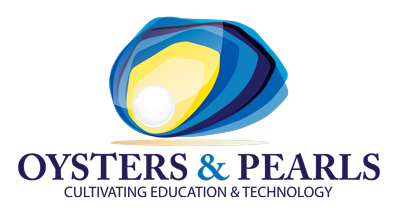
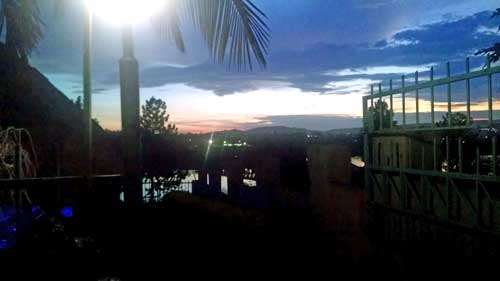
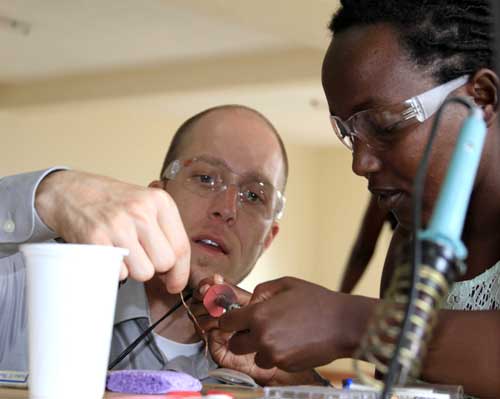
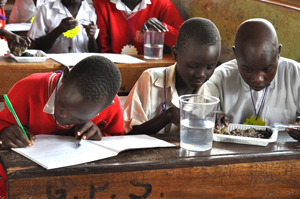
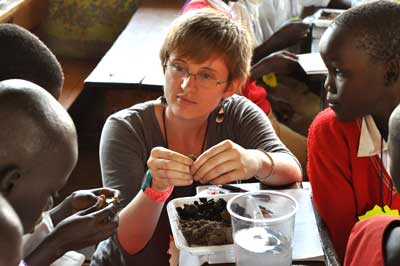
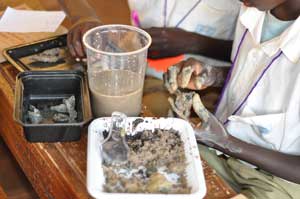 Wall construction began in earnest outdoors with everyone getting down and dirty in the lower field. The walls were transported to the Director of Studies office for overnight drying. Friday, the students will test to failure, and a very large crowd is expected to observe.
Wall construction began in earnest outdoors with everyone getting down and dirty in the lower field. The walls were transported to the Director of Studies office for overnight drying. Friday, the students will test to failure, and a very large crowd is expected to observe.